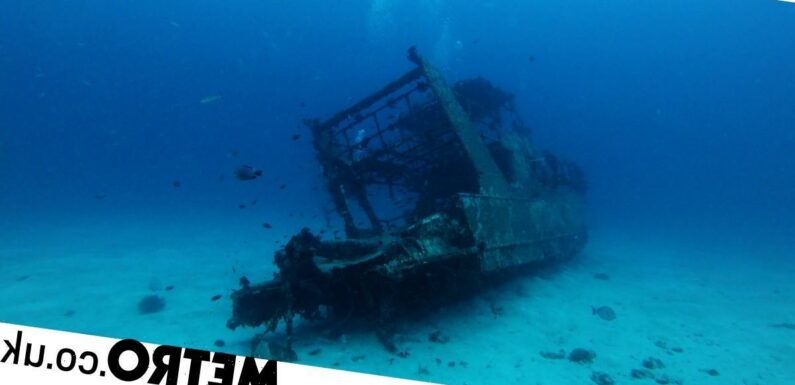
Shipwrecks may seem spooky and mysterious, but there are some very real consequences for the ocean around them.
Scientists say the remains of a World War II ship at the bottom of the North Sea is leaching hazardous pollutants into the surrounding water.
The vessel, called V-1302 John Mahn, was a Nazi ship sunk by the British off the Belgian coast during the Channel Dash of 1942.
Over the course of the next 80 years, petroleum and other explosive compounds have been leaking out into the water and the ocean floor sediment itself.
In a new study, the researchers analysed the microbes of the seabed and found varying degrees of concentrations of toxic pollutants depending on the distance from the shipwreck.
Most notably, they found heavy metals (such as nickel and copper), polycyclic aromatic hydrocarbons (PAHs; chemicals that occur naturally in coal, crude oil, and gasoline), arsenic, and explosive compounds.
All of these can have dangerous effects on any nearby marine life.
The highest metal concentrations were found in the sample closest to the ship’s coal bunker.
‘The general public is often quite interested in shipwrecks because of their historical value, but the potential environmental impact of these wrecks is often overlooked,’ said PhD candidate Josefien Van Landuyt, of Ghent University.
For example, it is estimated that World War I and II shipwrecks around the world collectively contain between 2.5 million and 20.4 million tonnes of petroleum products.
‘While wrecks can function as artificial reefs and have tremendous human story-telling value, we should not forget that they can be dangerous, human-made objects which were unintentionally introduced into a natural environment,’ Van Landuyt continued.
‘Today, new shipwrecks are removed for this exact reason.’
Source: Read Full Article

